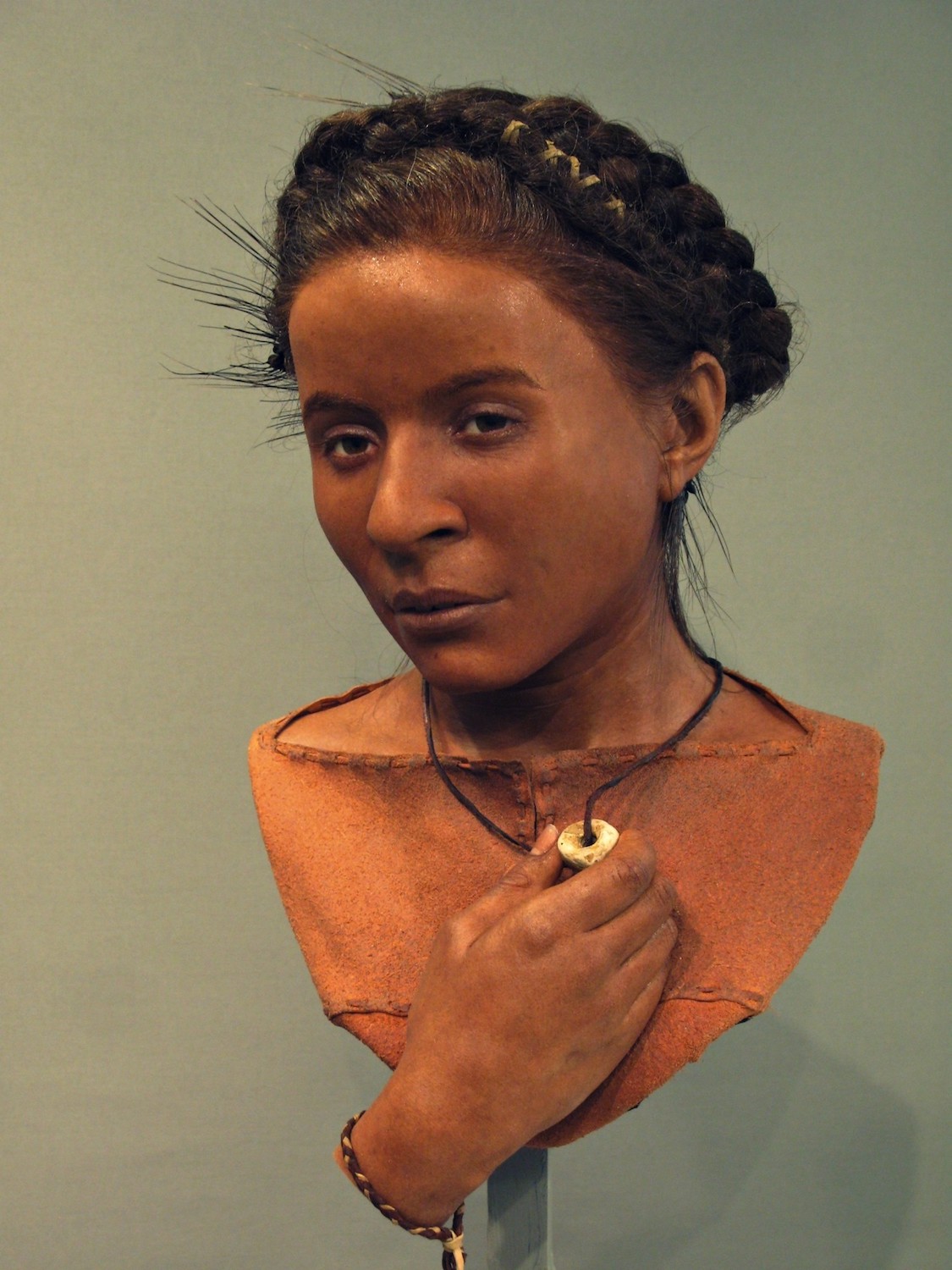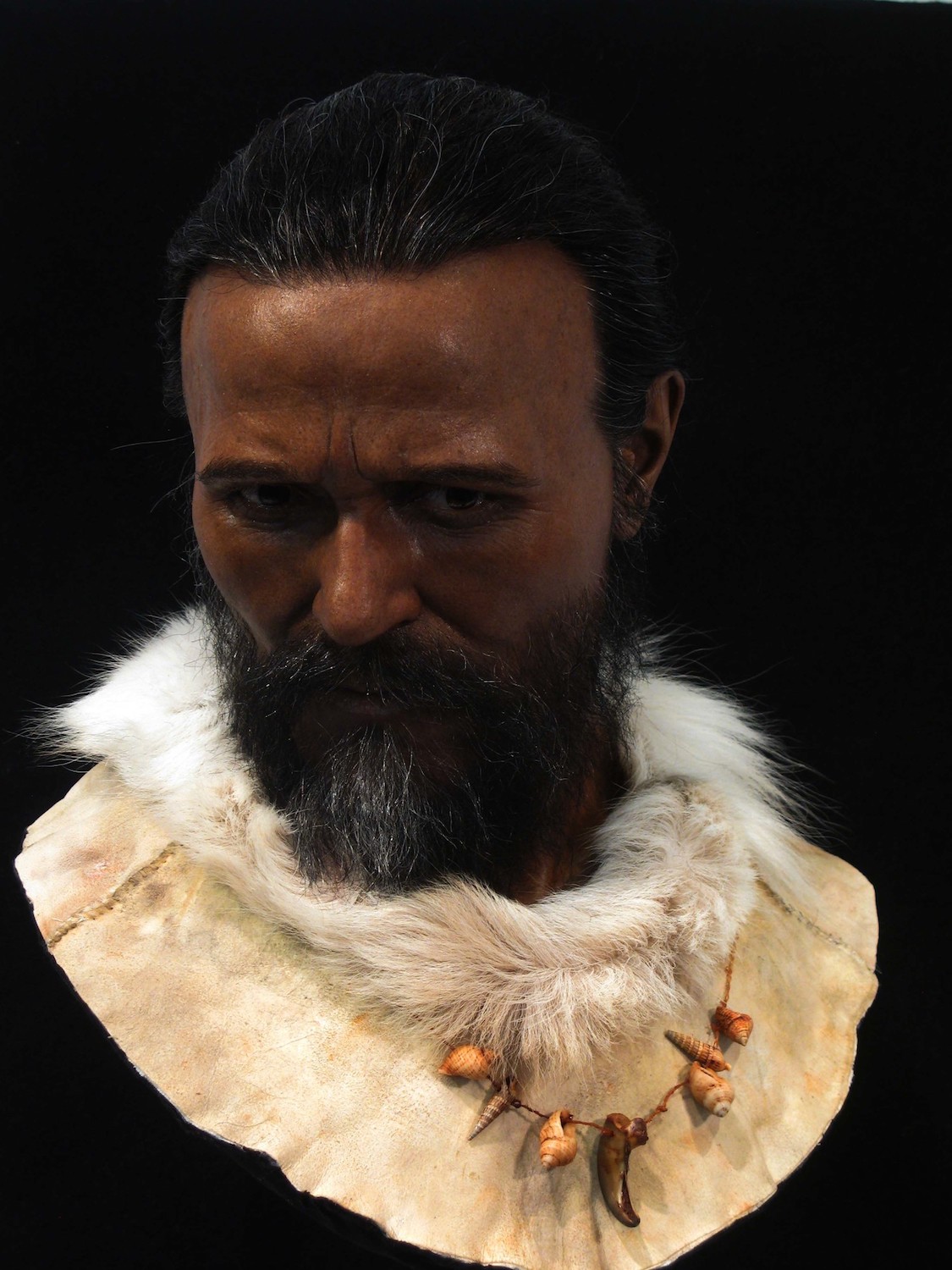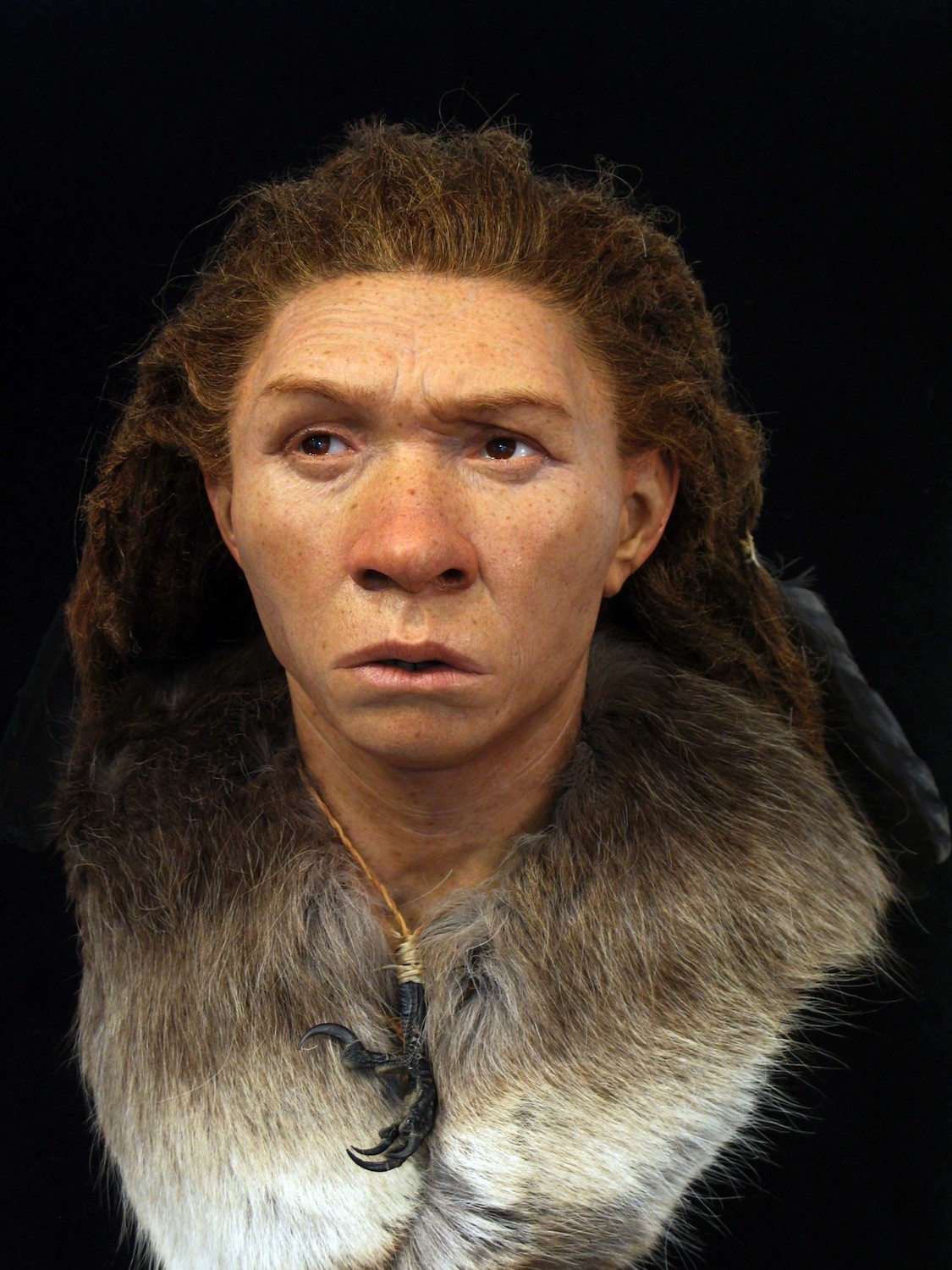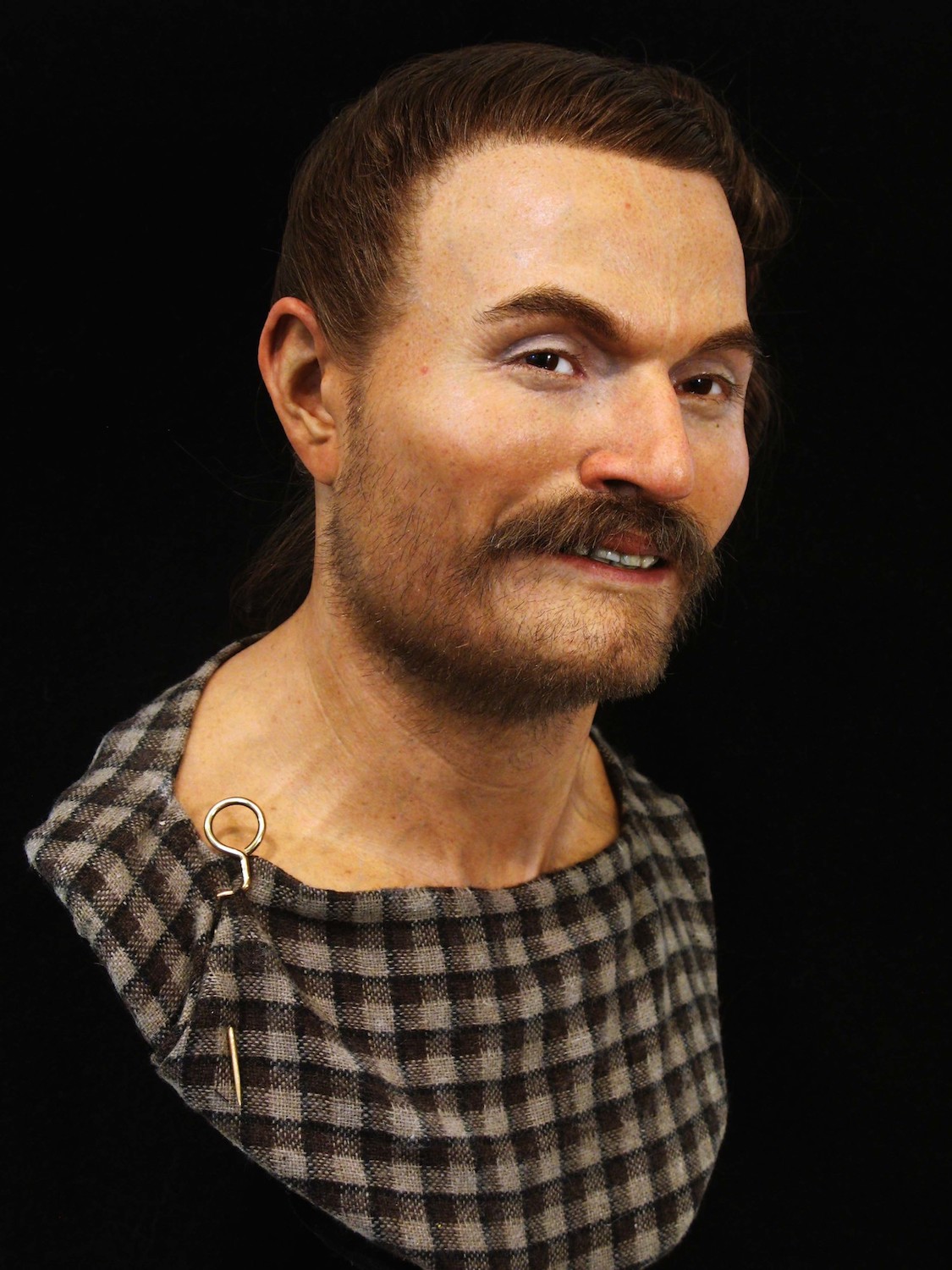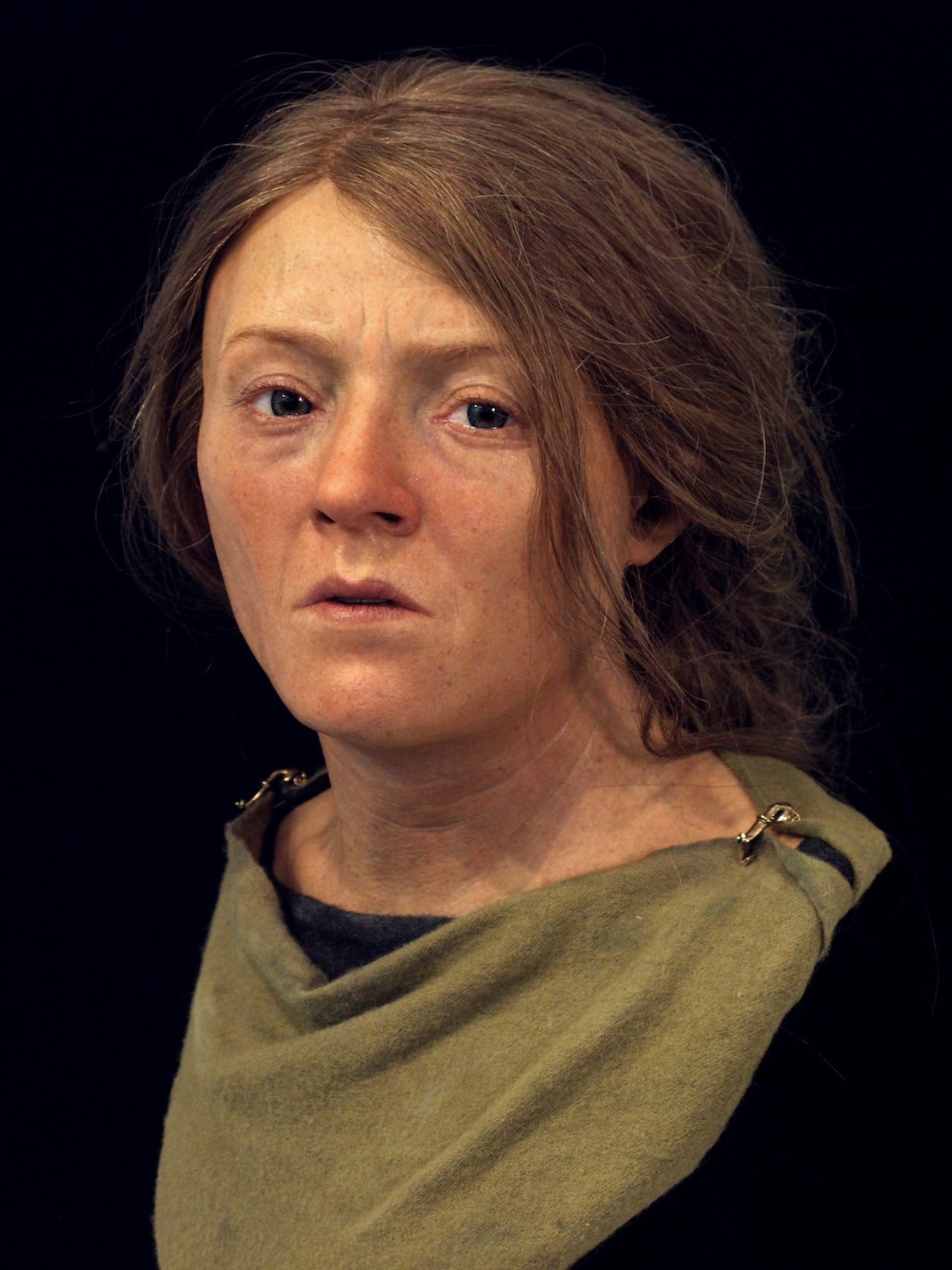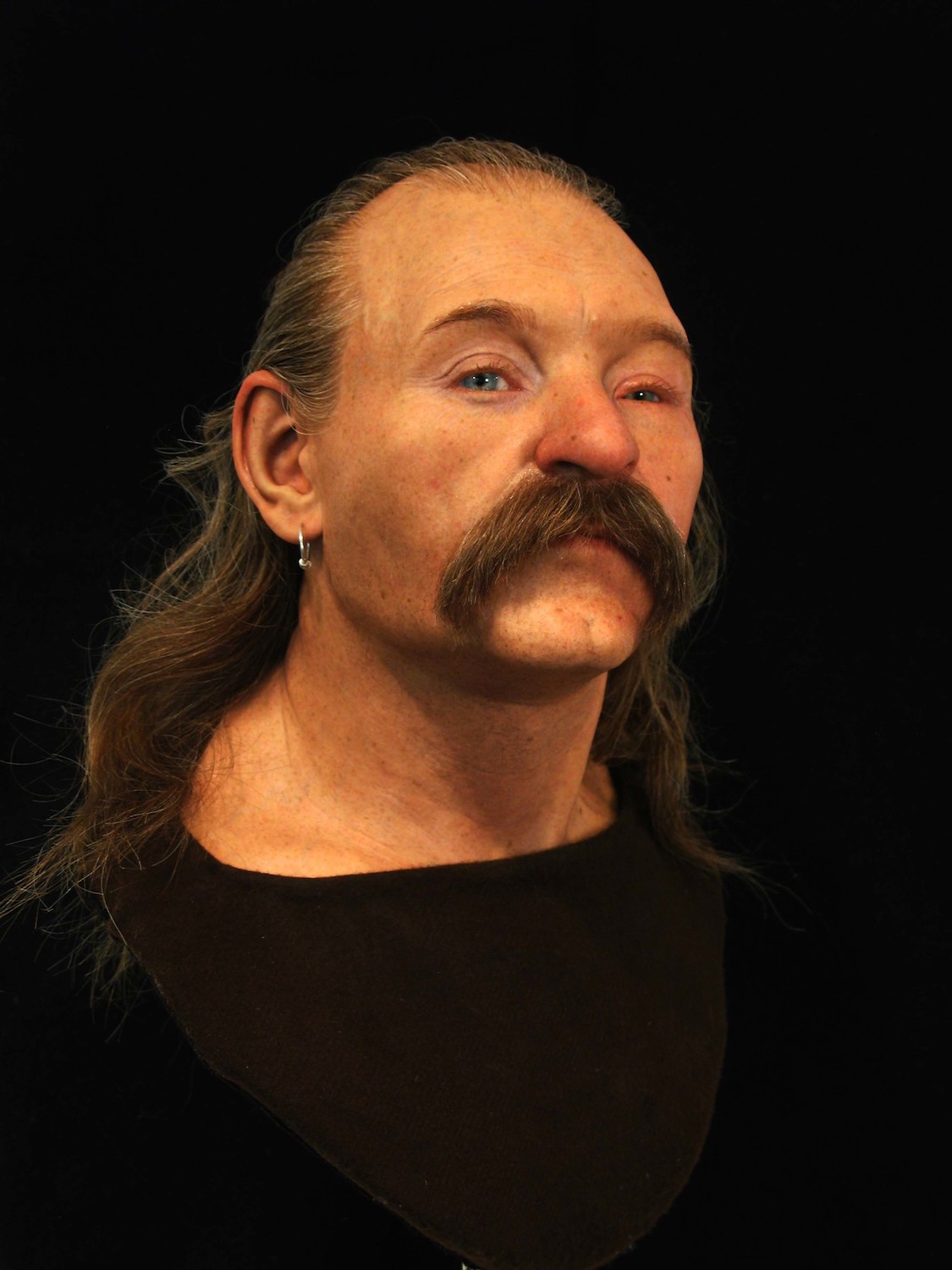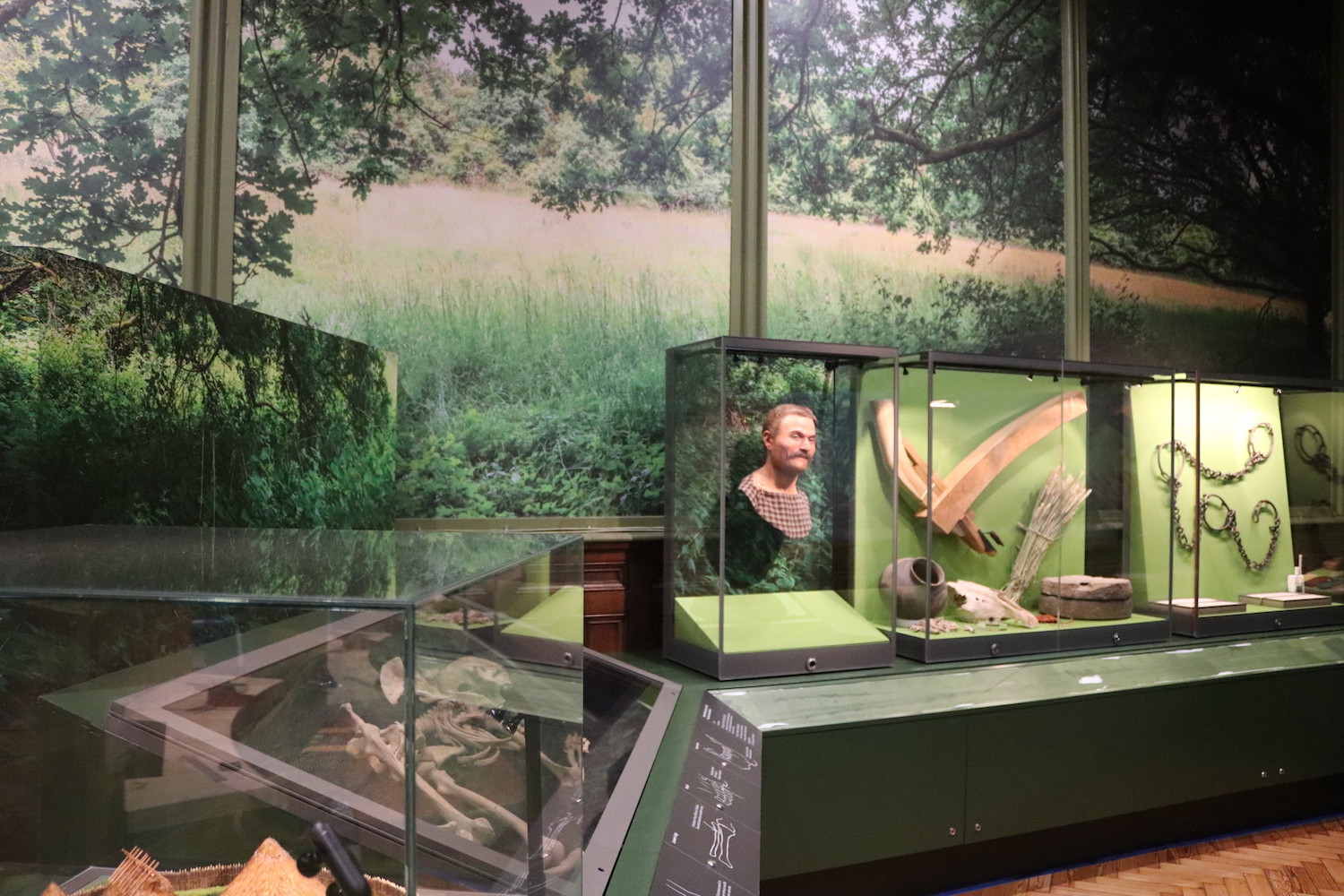Photos: See the ancient faces of a man-bun-wearing bloke and a Neanderthal woman
Reconstructions show ancient inhabitants of the U.K.
Whitehawk woman
The Whitehawk woman lived about 5,500 years ago. Researchers found her in 1933 near what is now the Brighton Racecourse, in the United Kingdom, but it's only now that a facial reconstruction shows us what she looked like.
The Whitehawk woman stood about 4 feet, 9 inches (1.45 meters) tall, which was small, even for a Neolithic woman. She didn't have any signs of illness of injury, and because the bones of a baby were found on her pelvis, archaeologists say it's likely that she died in childbirth.
She was buried with two shepherd's crowns — a type of fossil that is considered to be good luck — and two small chalk pendants with holes drilled in them, artifacts that were also believed to ward off evil.
Related: Read more about these re-created faces
Cro-Magnon man
The remains of the Cro-Magnon man were found in France. But these people likely lived in Brighton, too, based on archaeological findings.
Cro-Magnon are early Homo sapiens that lived in Europe from about 40,000 to 10,000 years ago, during the upper Paleolithic period. "According to recent DNA research, early Cro-Magnons like this one had really dark skin," Oscar Nilsson, a forensic artist based in Sweden who sculpted these faces, told Live Science.
Neanderthal woman
This Neanderthal woman was found in Gibraltar. The Neanderthals are the closest extinct human relative. They went extinct about 40,000 years ago.
Get the world’s most fascinating discoveries delivered straight to your inbox.
Slonk Hill man
This Iron Age man lived between 2,400 and 2,200 years ago. He was found in 1968 not too far from Brighton, by the Holmbush Shopping Centre. The Slonk Hill man had light skin, brown or black hair and brown eyes. He was buried in a semi-crouched position and laid on a thick bed of mussel shells and barnacles.
The Slonk Hill man was also buried with a shepherd’s crown, just like the Whitehawk woman was 3,000 years earlier.
Patcham woman
The Patcham woman, who lived in about A.D. 250 during the Romano-British era, may have been murdered.
Her remains were found in 1936, when workers were digging ditches for laying drains in Patcham, an area in Brighton & Hove. She died when she was between the age of 25 and 35, a skeletal analysis shows. She likely had light skin, blue eyes and blonde hair.
Although her burial was normal, there weren't any grave goods. And she was found like a nail impaled into the back of her skull, and nails scattered around her knees. Moreover, a mysterious male skeleton was found laying feet-to-feet with her.
Stafford Road man
The Stafford Road man lived in about A.D. 500, during Saxon times. His remains were unearthed in Brighton in 1985, during an archaeological excavation.
The muscular and robust man was older than 45 years old when he died and stood almost 5 feet, 9 inches (1.75 m) tall. But because dental care wasn't what it is today, he likely died from complications from a toothache, researchers found. He had numerous dental abscesses, including a giant one in his front upper jaw, that could have given him blood poisoning or led to a heart attack.
Stafford Road man had a number of grave goods: He held a knife in his right hand, there was a buckle from a small bag by his right hip and his grave contained several weapons, indicating he was likely a warrior.
The exhibit
The exhibit at The Elaine Evans Archaeology Gallery in Brighton offers an immersive experience and invites the public to connect with people who lived in Brighton and Europe long ago.

Laura is the managing editor at Live Science. She also runs the archaeology section and the Life's Little Mysteries series. Her work has appeared in The New York Times, Scholastic, Popular Science and Spectrum, a site on autism research. She has won multiple awards from the Society of Professional Journalists and the Washington Newspaper Publishers Association for her reporting at a weekly newspaper near Seattle. Laura holds a bachelor's degree in English literature and psychology from Washington University in St. Louis and a master's degree in science writing from NYU.


